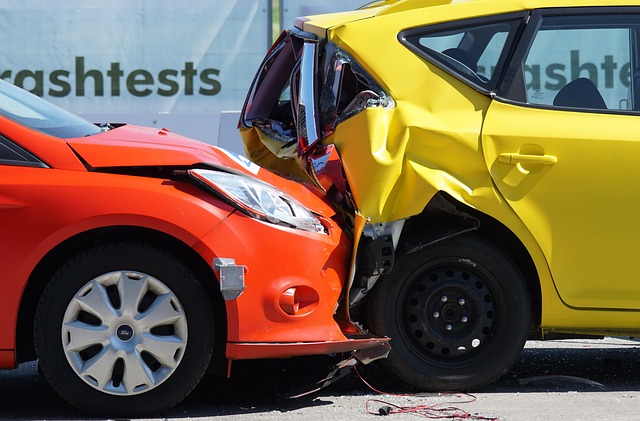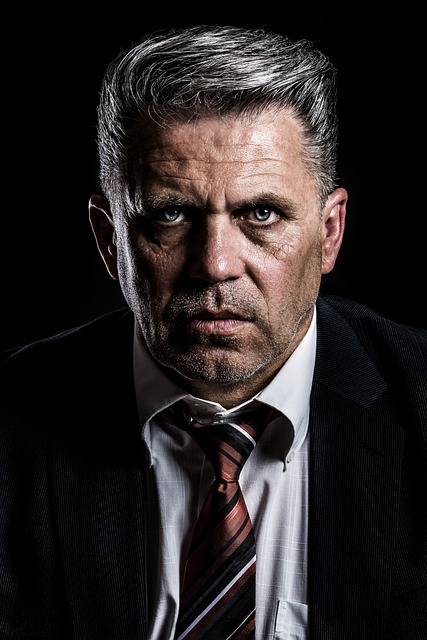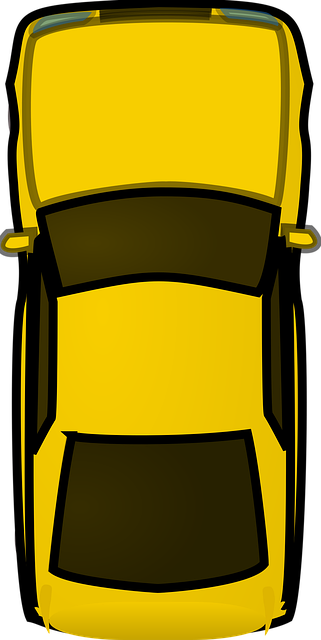Rear-end collisions often result in various injuries, with chiropractic care offering a safe and effective treatment for victims. Chiropractors specialize in the musculoskeletal system, particularly the spine, using manual adjustments, joint manipulation, and exercises to alleviate pain, enhance mobility, and correct alignment. Following a minor collision, a structured recovery plan led by a chiropractor is crucial, beginning with a medical evaluation and incorporating therapeutic interventions, rest, self-care, and gradual return to activities to prevent further harm. Chiropractic care combines with rehabilitation to help victims manage pain, regain mobility, and swiftly return to daily life as a safe and effective approach for rear-end collision recovery.
After a minor rear-end collision, prioritizing your health is paramount. Chiropractic care offers effective solutions for injuries often associated with these accidents. This article guides rear-end collision victims through a comprehensive recovery plan, focusing on understanding chiropractic treatment and managing pain. We’ll outline essential steps to restore function and return to daily activities safely. By following this guide, you’ll gain insights into accelerating your healing process with chiropractic care tailored to rear-end collision injuries.
- Understanding Chiropractic Care for Rear-End Collision Injuries
- Steps to Develop a Comprehensive Recovery Plan
- Managing Pain and Restoring Function After a Minor Rear-End Collision
Understanding Chiropractic Care for Rear-End Collision Injuries

Rear-end collisions can cause a range of injuries, from minor whiplash to more severe spinal damage. Chiropractic care is a common and effective treatment option for rear-end collision victims. Chiropractors are specialized healthcare professionals who focus on the diagnosis, treatment, and prevention of mechanical disorders of the musculoskeletal system, especially the spine.
Chiropractic recovery for rear-end collision victims involves various techniques such as manual adjustments, joint manipulation, and targeted exercises. These treatments aim to reduce pain, improve mobility, and restore the body’s natural alignment. The gentle, non-invasive nature of chiropractic care makes it an appealing alternative to surgical interventions or strong medications. It can help alleviate symptoms like neck stiffness, headaches, and lower back pain commonly associated with rear-end collisions, enabling victims to return to their normal activities more quickly.
Steps to Develop a Comprehensive Recovery Plan

After a minor rear-end collision, developing a comprehensive recovery plan is essential for getting back to normal life quickly and safely. The first step involves seeking medical attention from a healthcare professional, preferably a chiropractor, who can assess any potential injuries and provide an accurate diagnosis. Chiropractic care for rear-end collision victims has been proven effective in managing pain, improving mobility, and restoring the body’s natural alignment.
Next, create a structured plan with clear goals. This may include regular chiropractic adjustments, physical therapy sessions, or other therapeutic interventions recommended by your healthcare provider. Additionally, incorporate rest and self-care practices like stretching exercises, proper posture maintenance, and adequate sleep to support healing. Gradually reintroduce activities and responsibilities, ensuring each step is pain-free to prevent further complications.
Managing Pain and Restoring Function After a Minor Rear-End Collision

After a minor rear-end collision, managing pain and restoring function are crucial steps in your recovery journey. Many rear-end collision victims experience muscle strains, sprains, or even whiplash, which can cause discomfort and limit mobility. Chiropractic care is often recommended as a safe and effective approach to address these issues. Chiropractors specialize in diagnosing and treating musculoskeletal disorders, focusing on the spine and nervous system. They employ various techniques such as adjustments, manipulations, and therapeutic exercises to reduce pain, improve flexibility, and restore proper alignment.
Restoring function involves gradual, controlled movements and activities that help strengthen muscles and joints affected by the collision. This can include physical therapy exercises, stretching routines, and progressive weight-bearing exercises. By combining chiropractic care with targeted rehabilitation, rear-end collision victims can effectively manage pain, regain mobility, and return to their daily activities faster. It’s essential to listen to your body, follow professional advice, and maintain consistency in your recovery plan for optimal results.
A minor rear-end collision can cause surprising injuries, making a comprehensive recovery plan crucial. Chiropractic care is an effective approach for rear-end collision victims, focusing on pain management and restoring function. By following the outlined steps, individuals can develop a tailored strategy that addresses their specific needs. This includes utilizing chiropractic adjustments, therapeutic exercises, and rest to promote healing. Remember, a proactive approach with professional guidance ensures a smoother journey back to optimal health after such an incident.














